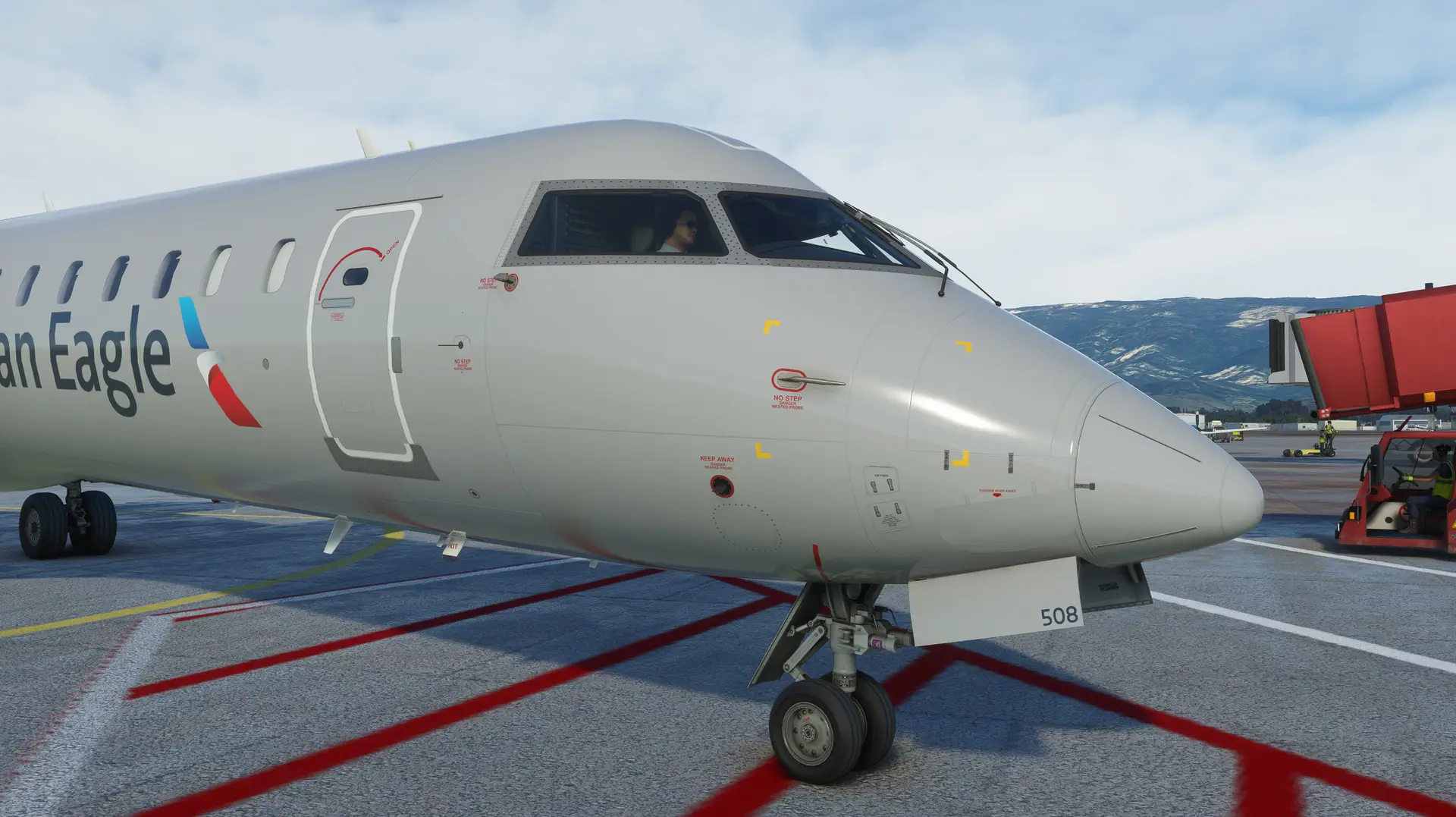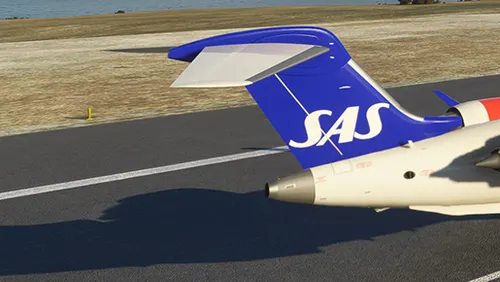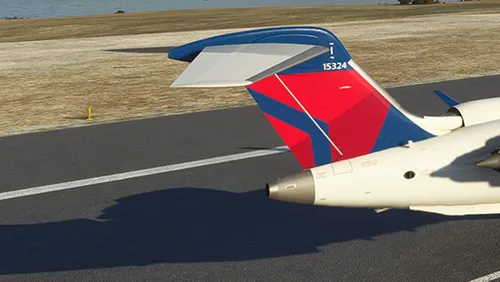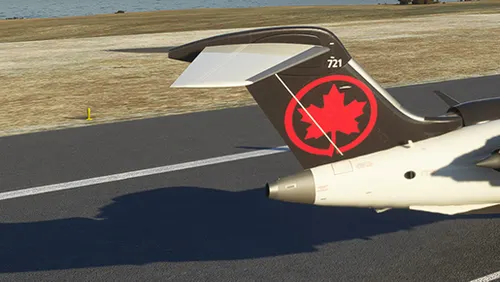- USD 50.99
- View more offers at FS Addon Compare
- Added: March 12, 2021
- Updated: July 3, 2025
Piloting commuter aircraft is most attractive for flight simulator fans that like flying according Instrument flight rules (IFR), but have limited time available to spend. Commuter aircraft servicing connections from smaller airports to the big hubs and vice versa and are intensive flying in the real world as well as in the simulator. A famous representative of this aircraft category is the Mitsubishi CRJ line of 50 to 100 passengers. Originally developed to replace the more uncomfortable and noisier turboprop range in this class, the beautiful, sleek CRJ airliners were of particular interest to airlines wanting to offer jet feeling on short routes. Their specific design with the engines in the back, low wing and slim fuselage, allowing only 1-2 seat arrangements, made them look sportive and a bit like the business jets. Their avionics and systems have been leading edge at the time of development and highly automated to reduce the work load of pilots in the tight schedules and shortest turn-around times. Pilots like to fly them because they are powerful, agile, and a joy to fly manually. They also demand more flying skill than a modern Airbus or Boeing, because the ability to automate the flight is limited. For example, it is not possible to let the aircraft automatically control the airspeed during flight. In addition, the airports you fly to may require more manual flying due to lack of navigational installation or scenic environments. The Aerosoft CRJ v2 for Microsoft Flight Simulator 2020 and 2024 has been built on the experience of the developers of the CRJ 550/700/900/1000 family. This small high-end airliner was created with the gracious support of Microsoft and Asobo, which ensured that the new features of the Microsoft Flight Simulator could be implemented.
Modeling
- Highly detailed modeling based on many photos of the original aircraft
- Covered with high resolution PBR textures that convey virtual reality extremely well
- Fluid animations of moving parts such as landing gear, flaps, cabin- and cargo doors
- Detailed cabin model with working emergency, exit, seatbelt and no-smoking lights
- The cockpit shows detailed modeling and animations that provide a realistic look and feel of this popular airliner
- Support of advanced features, such as rain effects, etc.
- The flight model is based on Flight Simulator's new aerodynamic model to provide more realistic behavior of the CRJ in all flight conditions. It has been fine tuned to reflect the performance and reactive behavior of the CRJ
- Included are the CRJ 550, 700, 900 and 1000
Systems
- Extensive Flight Management System and Honeywell ProLine Avionics including Advisory and Coupled Vertical Navigation.
- Accurate, highly realistic autopilot for conventional or satellite navigation
- Delivered with September 2023 (AIRAC 2309) nav data
- Navigation data can be updated via Navigraph
- Head-up Guidance System
Electronic Flight Display
- Detailed performance calculations based on actual weight and balance and graphical display of actualized load sheet
- Transfer of weight, fuel and calculated V-speeds into the FMS, if desired
- Checklists for all flight situations
- Individual configuration settings for aircraft maintenance, aircraft state when loading and additional options
Requirements
- Microsoft Flight Simulator 2020 or 2024 (fully updated)
- OS: Windows 10/11
- Processor: Intel i7-6800K | AMD Ryzen 5 3600
- Graphics: NVIDIA GTX 3060 | AMD Radeon RX 6600 or better
- Video Memory: 8 GB
- Memory: 16 GB
- Diskspace: 3.9 GB
- Mouse with mouse wheel
- Controller with throttle channel
- AI Co-Pilot is not supported










































